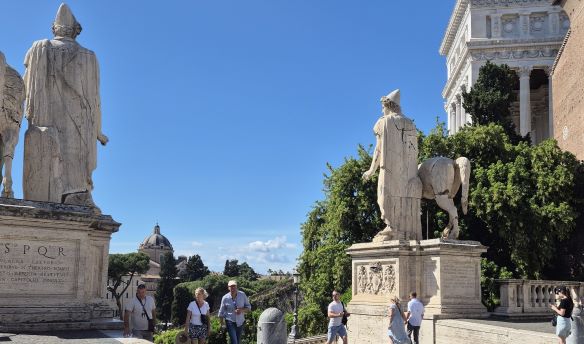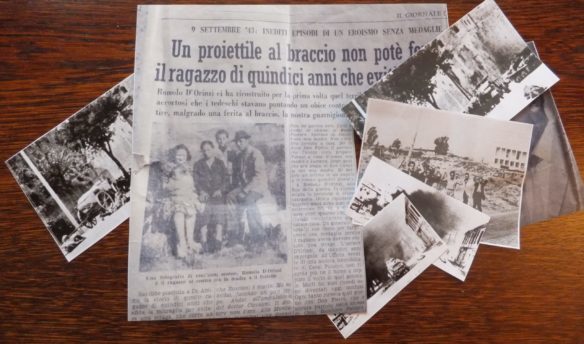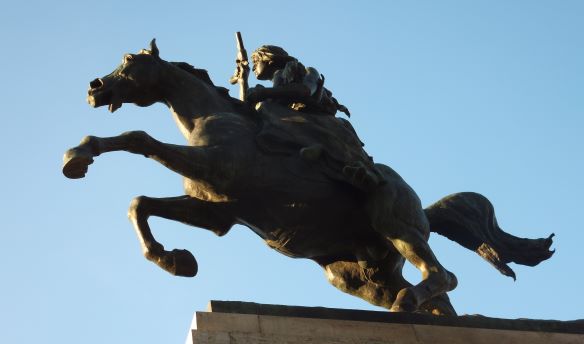In peacetime, few people travelled abroad. This would be many soldiers’ first and only visit to Rome.
The Allies arrived, mindful of their status as liberators. The troops were encouraged to recognise this and to appreciate Rome, its history and culture.

A Soldier’s Guide to Rome was produced by the US Morale Services Section, HQ SOS, Natousa.
Here, it is referred to as the “US Guide”.
Soldier’s Guide to Rome was produced by the Allied Control Commission with a foreword by General Alexander.
Here, it is called the “UK Guide”.
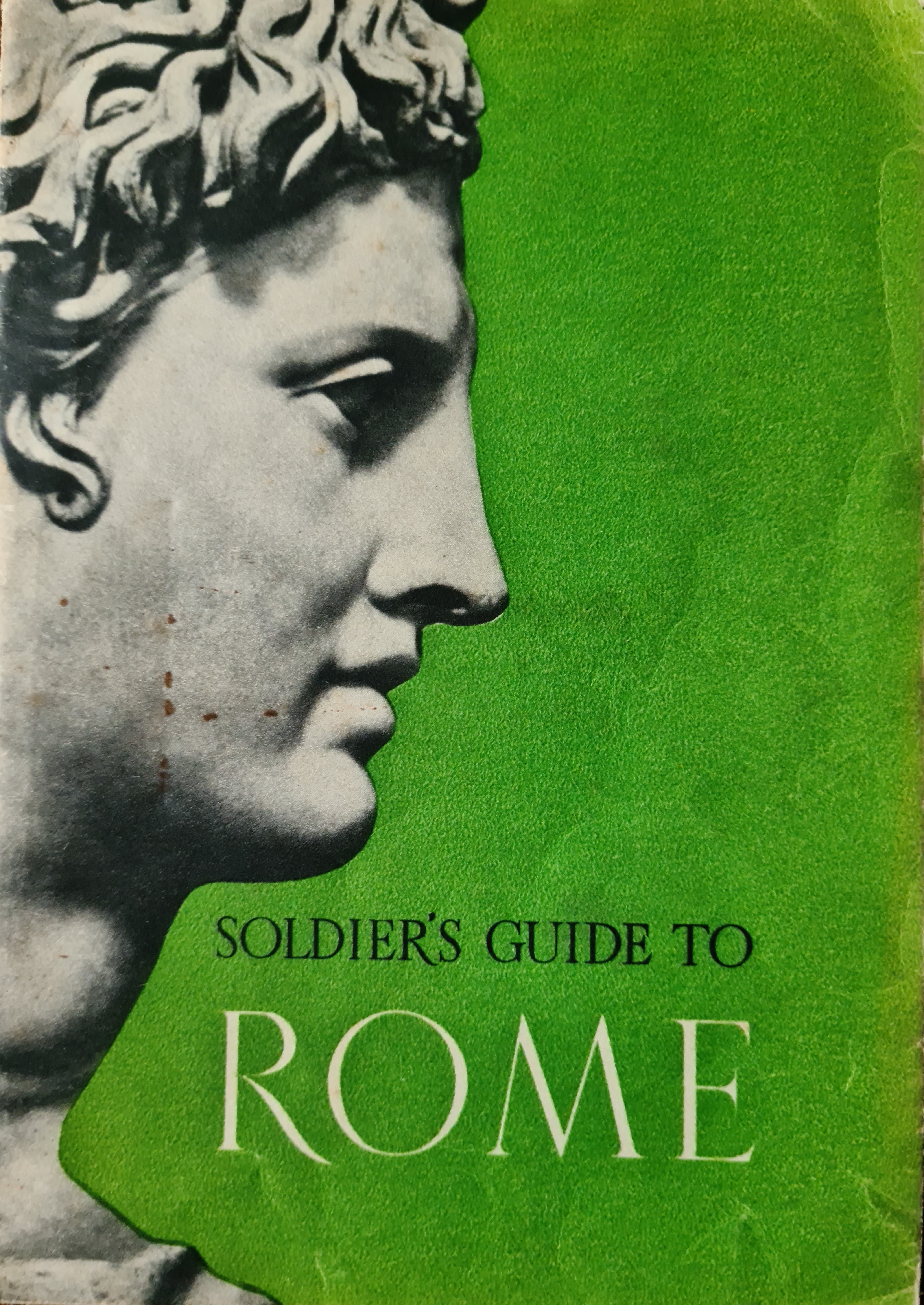
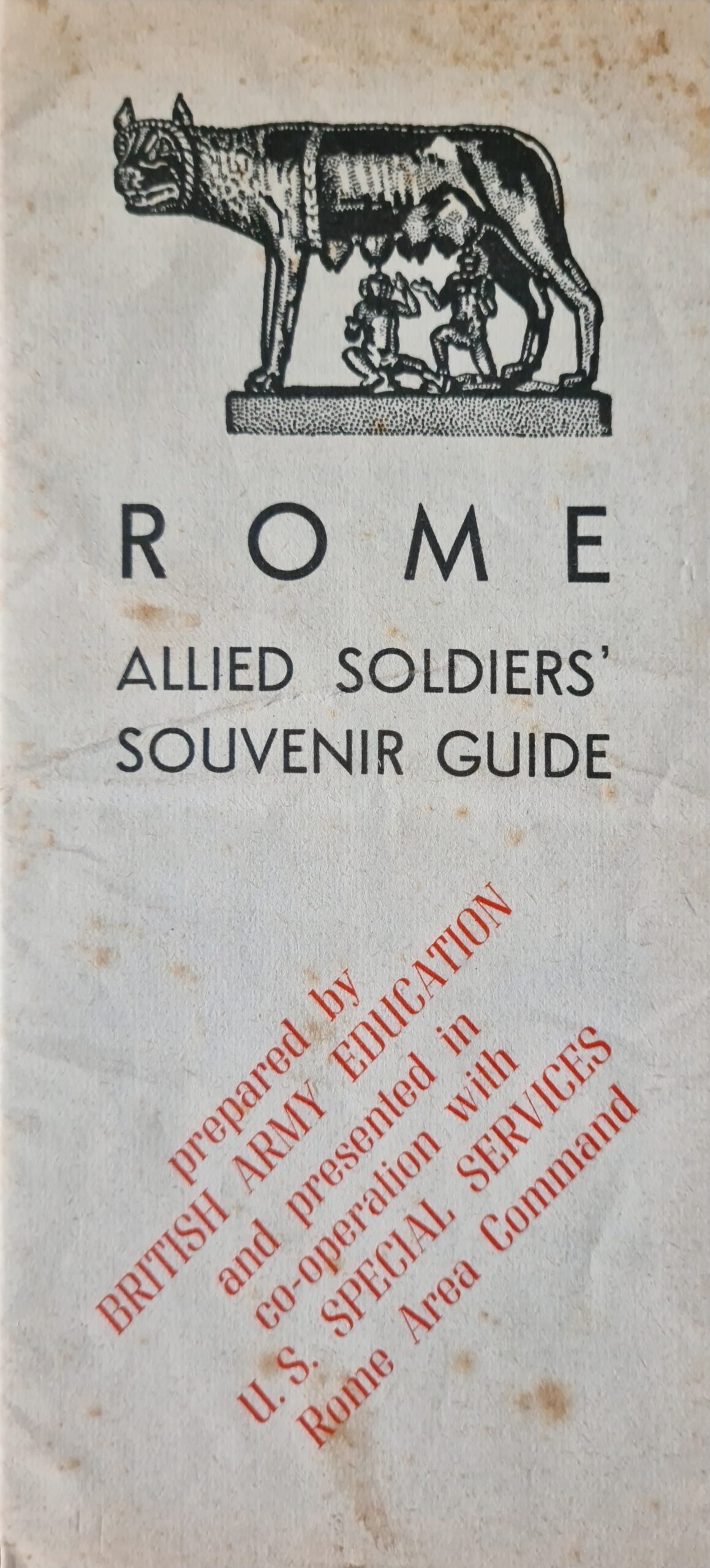
Rome Allied Soldiers’ Souvenir Guide was prepared by British Army Education and presented in co-operation with US Special Services Rome Area Command.
Rome’s Liberation
The retreat of German soldiers from Rome took place during 2 and 3 June 1944, and the leaders of the fascist administration fled during the night of 3 to 4 June.
The first Allied troops reached Rome shortly after dawn on 4 June. These were specialist units, who took control of the bridges and checked for the presence of mines. They were followed in the late afternoon by a larger presence of the US fifth army.
On 5 June, a triumphal procession took place through the centre of Rome.
The jeep of General Clark stopped at the foot of the Campidoglio, where he spoke to the press.
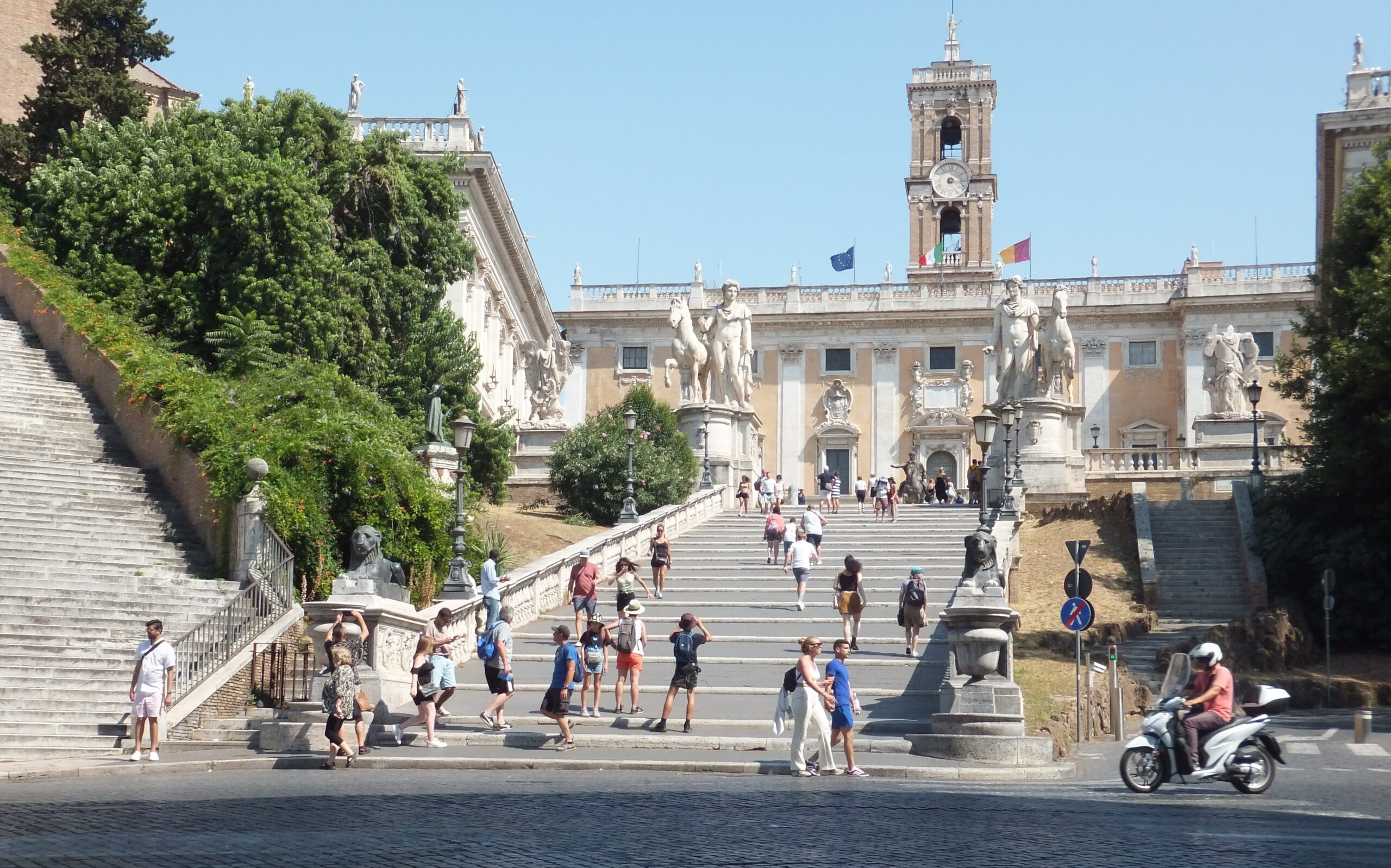
The Allies as Liberators
The war in Italy would run for almost another year but the guides emphasise the significance of Rome’s liberation.
US Guide Introduction
On the morning of June 5 soldiers of the Fifth Army entered the city, bringing it liberation – not conquest, White Bread – not cannon.
While here you have boundless opportunities to absorb the culture and antiquity of the Eternal City. Make the most of them.
… Rome is more than an Italian city, it belongs to the world because of common heritage.

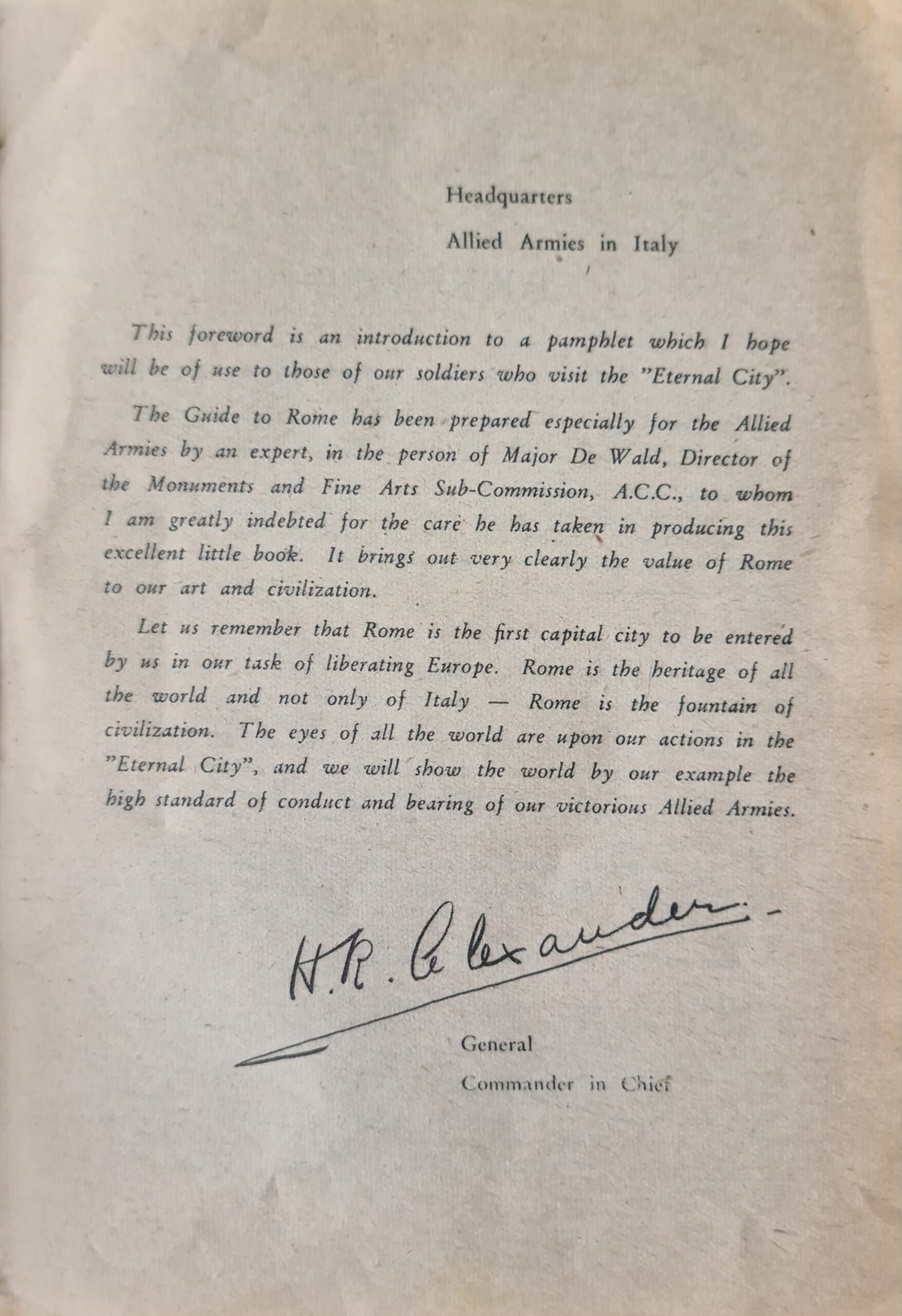
UK Guide Foreword
Let us remember that Rome is the first capital city to be entered by us in our task of liberating Europe. Rome is the heritage of all the world and not only of Italy – Rome is the fountain of civilization. The eyes of all the world are upon our actions in the “Eternal City”, and we will show the world by our example the high standard of conduct and bearing of our victorious Allied Armies.
The Physical State of Rome
Allied aircraft had bombed Rome in the summer of 1943 but they had concentrated on the railway network, rather than the centre. In August 1943, Badoglio, the new prime minister, declared Rome an “open city”. This, he hoped, would avert war damage to the historic centre.
When German troops attacked in September 1943, most of the fighting took place on the outskirts. The Allied bombers returned in late 1943 and early 1944, targeting the railway and supply routes.
The historic centre was, largely, unscathed.
US Guide Introduction
Rome … has been spared the ravages of war such as were suffered by her sister city, Naples. Perhaps sensing the certainty of their defeat and fearful of heightening the wrath of the world by sacking the city – for we know from the record that it was no sense of veneration which caused them to spare it – Rome was evacuated by the retreating Germans relatively undamaged by the occupation.
The view from German controlled Italy
The front page of Corriere Della Sera in Milan on 5 June 1944 delivered a different message. The Führer, it reported, had ordered the retreat of the German troops to avoid “this centre of civilization” becoming part of the war zone.
Meanwhile, Mussolini (still leader of the Fascist Italian Republic) exhorted the inhabitants of Rome to make life difficult for the “Anglo-American Invaders”.
Economic position of Rome
The guides explain, in a peacetime context, the role and importance of Rome:
US Guide
Rome’s position in Italy is in some respects similar to that occupied by the city of Washington in the United States, as it is the political and administrative capital of the country but it is not a great industrial center. In certain other respects, however, Rome possesses importance lacked by Washington. It occupies the position held by New York City in the United States as the financial center of the country, and it is also a great rail center, serving as a vital transport link between north and south.

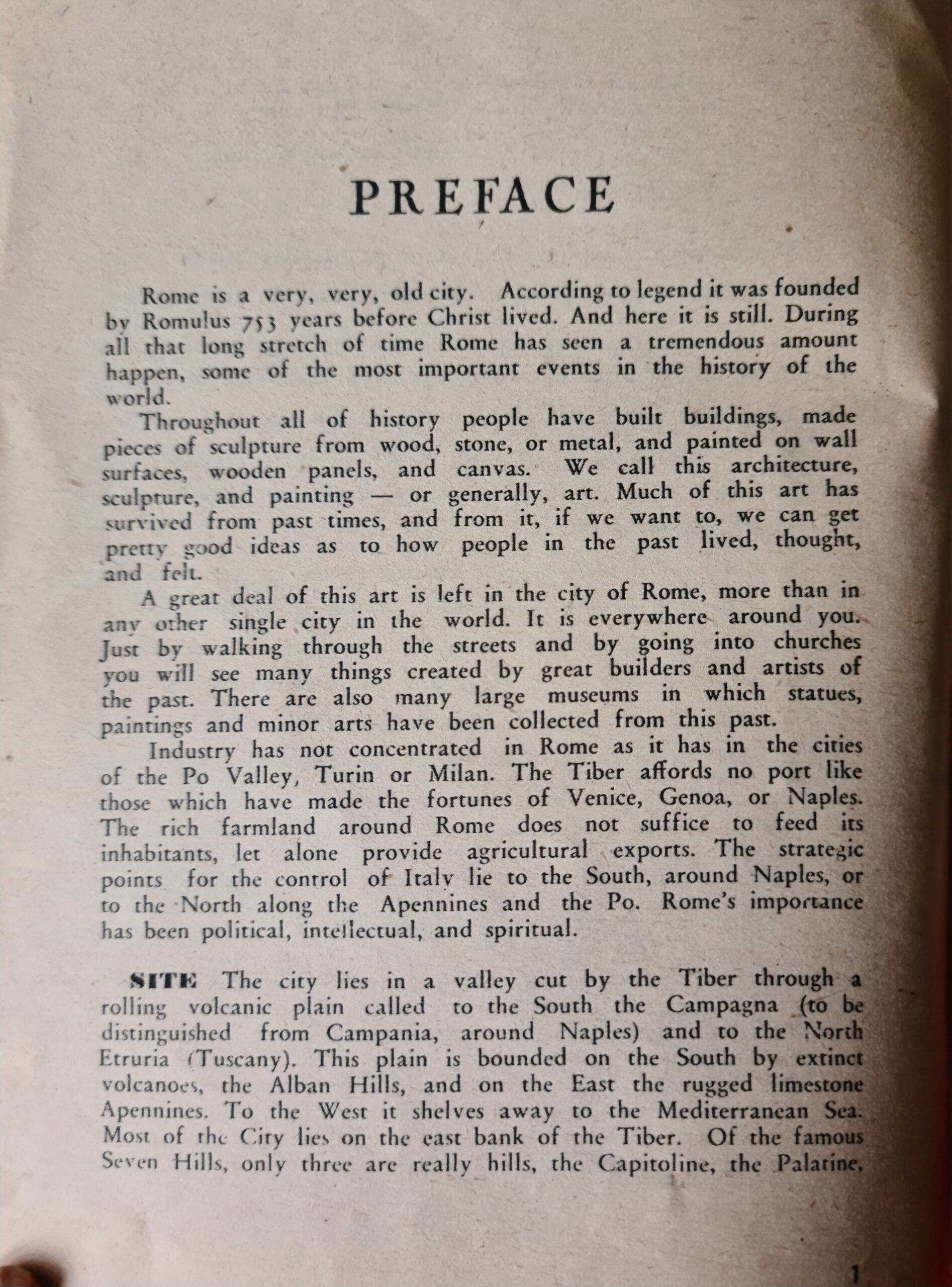
UK Guide
Industry has not concentrated in Rome as it has in the cities of the Po Valley, Turin or Milan. The Tiber affords no port like those which have made the fortunes of Venice, Genoa or Naples. The rich farmland around Rome does not suffice to feed its inhabitants, let alone provide agricultural exports. The strategic points for the control of Italy lie to the South, around Naples, or to the North along the Apennines and the Po. Rome’s importance has been political, intellectual, and spiritual.
Helpful phrases
Like many current tourist guides, the US Guide provides a helpful list of useful words and phrases.

Time off and places to visit …
The guides are full of ideas, and some examples are included in the next articles.
The US Guide, “A Soldier’s Guide to Rome”, is stored by Forces War Records and may be viewed digitally at: https://www.forces-war-records.co.uk.


